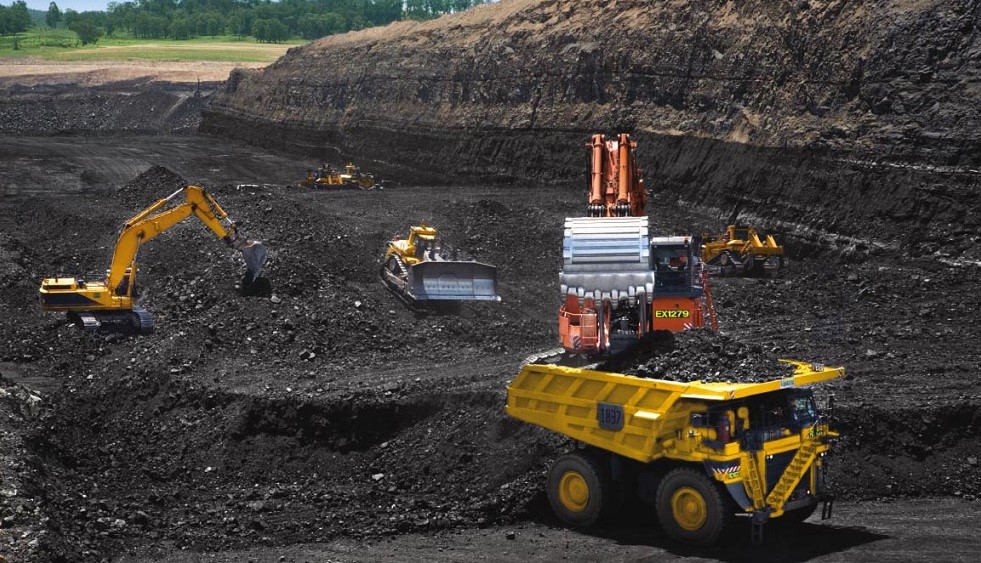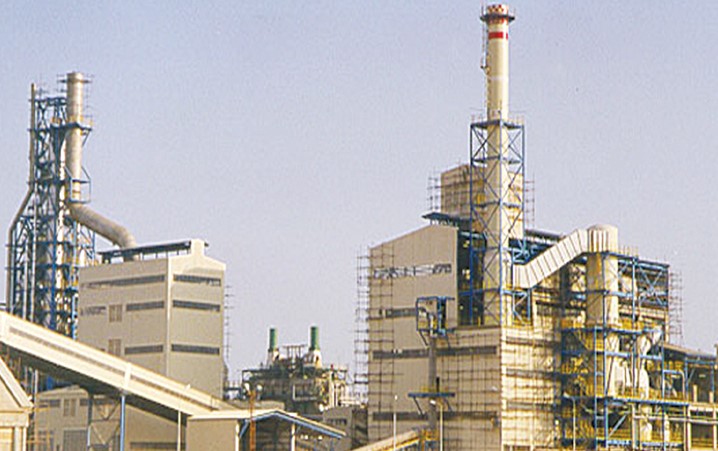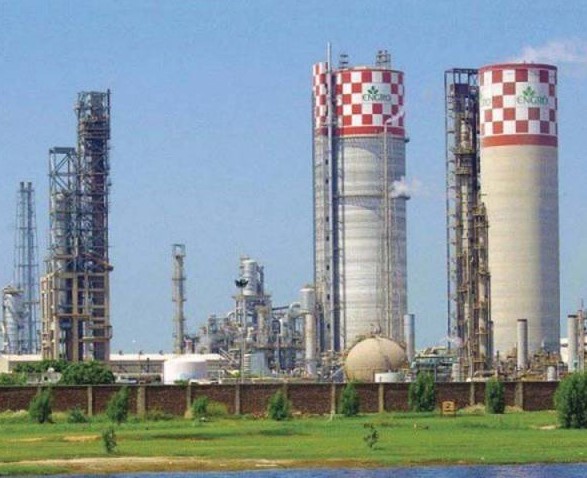Pakistan needs to harness Thar coal potential
Muhammad Afzaal
Islamabad: The recently released Economic Survey 2019-20 has noted that the use of coal in Pakistan’s energy mix is currently negligible and the government is focused on increasing its contribution to 30 percent by the year 2030.
According to the report, Sindh is estimated to have 185 billion tons of coal reserves in Lakhra, East of Indus, and Thar. Based on official figures, Pakistan has the potential to generate 100,000MW electricity for the next several decades from Thar coal alone, which can result in annual savings of up to USD 1 billion for the country. While Pakistan has successfully managed to overcome its energy crisis, the energy sector is still confronted with a demand-supply gap that needs to be narrowed, along with utilizing lower-cost energy sources such as local coal in its energy mix.
The survey further stated that many coal mining and power generation projects are in the process of development in the Thar coalfield. Imported coal power plants may also be required to consider mixing with Thar Coal. The volume of import cargo during July-December 2019 stood at 21.878 million tonnes, as against the 20.125 million tonnes handled during the corresponding period last year, showing an increase of 8.7 percent. Coal imports were the largest imported cargo which represented over 34 percent of total import cargo.
Despite the enormous potential offered by the world’s seventh-largest coal reserves in Thar, the Thar power projects unfortunately often come under sharp criticism from environmentalists and vested interest groups based on misleading and inaccurate analysis of data. These groups claim that Thar power projects will be responsible for large-scale emission of air pollutants and environmental damage. Conspicuously, one such recent report by the Centre for Research on Energy and Clean Air (CREA) draws conclusions about a power plant commissioned just ten months ago without a proper health impact assessment. The said report also mistakenly uses data from the rest of Pakistan to extrapolate its effects in Thar and puts forward findings based on an incorrect approach.
It is important to highlight that the mine & coal-fired power projects have been designed, developed, and are being executed & operated under all applicable regulatory environmental guidelines. Based on the studies conducted by reputable international consultants, these projects are designed to comply not only with the Sindh Environmental Quality Standards (SEQS) as a mandatory requirement but also voluntarily compliance with IFC (a subsidiary of World Bank) emission and air quality standards.
Further, the complete environmental, economic and social aspects of Thar coal and power projects should be considered in evaluating their impact. These projects have created a host of benefits for the local communities through livelihood opportunities; provision of educational and health facilities; availability of clean drinking water and other developments in the region which are also the focus on Sustainable Development Goals for Sindh and Pakistan at large. Therefore, Thar coal mine and power projects promise energy security for Pakistan based on an indigenous and affordable source, which is vital to fuel the future growth of the country.








